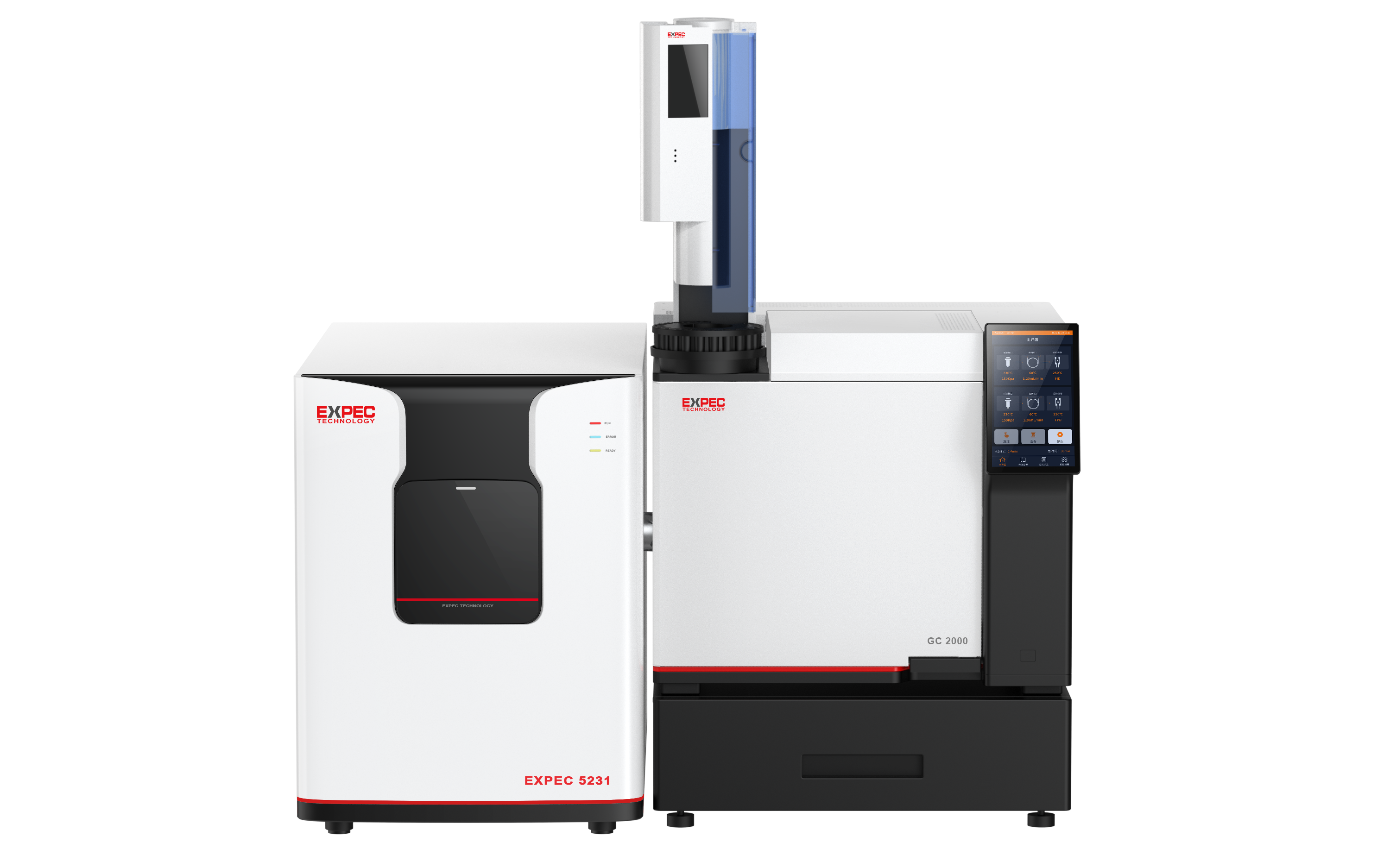Acetochlor is an amide herbicide with good water solubility and mobility, which can cause long-term and irreversible pollution to water bodies. If acetochlor enters the human body with drinking water, it will cause endocrine disorders and damage to the liver, kidneys and red blood cells. It has been classified as a B2 carcinogen by the U.S. Environmental Protection Agency. According to my country's latest drinking water standard GB 5749-2022, which will be released in 2022 and will be implemented in 2023, acetochlor has been included in the testing indicators, and the detectable content of acetochlor in drinking water must not exceed 0.02 mg/L.
In response to this limit detection requirement, this application center has developed a fast, stable and sensitive triple quadrupole GC-MS method for the determination of acetochlor. Compared with single-rod mass spectrometry, the triple quadrupole's powerful anti-pollution ion source design can easily eliminate the interference of complex matrices in polluted water bodies, is less affected by water quality conditions, has excellent stability and higher sensitivity, and can be quickly and accurately Complete the quantitative testing of acetochlor to meet the testing requirements stipulated in the new national standard. Therefore, this application center uses gas chromatography-mass spectrometry to detect and analyze acetochlor in drinking water to provide reference for drinking water safety testing.
Keywords: GC-MS/MS, food, environment, drinking water, acetochlor, herbicide, GB 5749-2022
Experimental part
instrument:
Table 1 Gas Chromatography-Triple Quadrupole Tandem Mass Spectrometer

Table 2 Gas chromatography-triple quadrupole tandem mass spectrometer parameters


Reagents and standards
The control standard was purchased from Beijing Tanmo Quality Inspection Technology Co., Ltd. Methanol, purchased from Merck. Dichloromethane and ethyl acetate were purchased from Beijing Bailingwei Technology Co., Ltd. All experimental water was ultrapure water. C18 solid phase extraction column (500mg/6mL, 50μm), purchased from NanoChrom.
Sample Preparation:
1) Slowly pass 5 mL of methylene chloride and 5 mL of ethyl acetate through the solid-phase extraction column at a flow rate of about 3 mL/min. Apply pressure or vacuum to allow the solvent to drain as much as possible (about half a minute);
2) Pass 10 mL of methanol and 10 mL of pure water through the column in order to activate. Do not expose the adsorbent to the air during this process.
3) Accurately measure 500 mL of water sample and pass it through the solid-phase extraction column at a flow rate of approximately 15 mL/min. Use nitrogen blowing or vacuuming the solid phase extraction column until it is dry to remove water.
4) Add 3 mL of ethyl acetate to the solid-phase extraction column, let it stand for a while, and slowly collect the eluent at a flow rate of approximately 3 mL/min.
5) Concentrate the eluent to 1.0 mL with nitrogen gas at room temperature and wait for measurement. If the sample is turbid, use a 0.45 μm organic filter membrane to filter it.
Real sample detection and spiked recovery rate
Actual drinking water samples were tested for acetochlor and spiked. The spiked amounts were 0.02 μg/L and 0.2 μg/L. The actual machine test concentrations were 10 μg/L and 100 μg/L. The tests were carried out twice in parallel. The recovery rate, TLC diagrams of actual samples and spiked samples are shown in Figure 1, and the analysis results of spiked recovery rate samples are shown in Figure 2. Acetochlor was not detected in actual samples, and the average spike recovery rates of actual samples with spike amounts of 0.02 μg/L and 0.2 μg/L were 100.79% and 101.65% respectively.

Figure 1 TLC diagram of actual drinking water samples and spiked samples

Figure 2 Analysis of spiked recovery rate sample results
Test Results

Conclusion
This application center has established an analytical method for the determination of acetochlor in drinking water using a triple quadrupole GC-MS. This method can fully meet the detection requirements specified in the new national standard, and can perform rapid, accurate and sensitive quantitative determination of acetochlor in drinking water.
appendix
Equipment and consumables solutions
1. EXPEC 5231 system standard configuration details

2. Standard products


